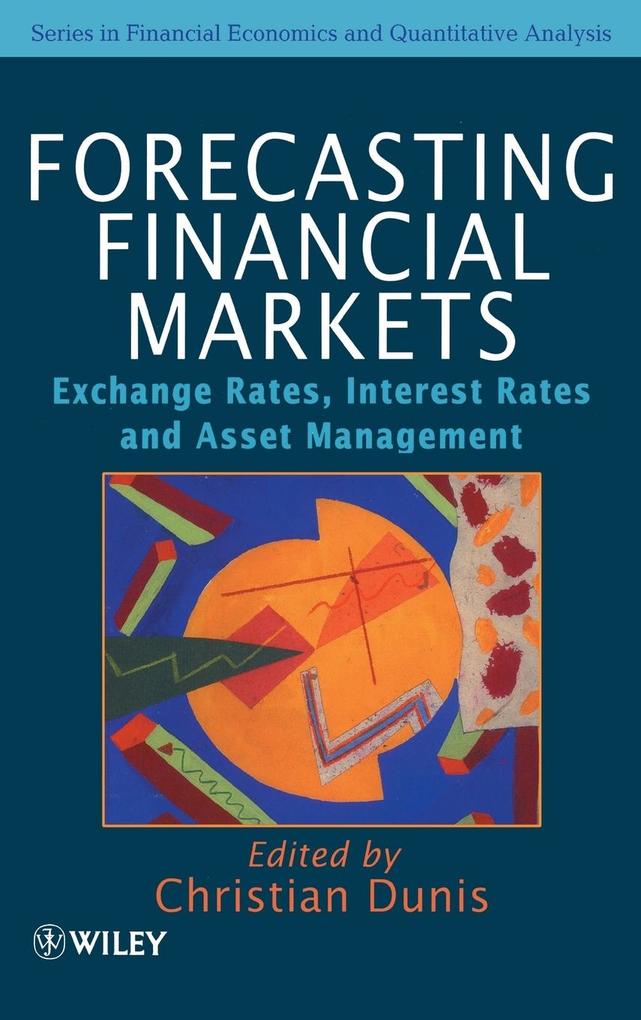Today? s financial markets are characterised by a large number of participants, with different appetites for risk, different time horizons, different motivations and reactions to unexpected news. The mathematical techniques and models used in the forecasting of financial markets have therefore grown ever more sophisticated as traders, analysts and investors seek to gain an edge on their competitors. Written by leading international researchers and practitioners, this book focuses on three major themes of today? s state of the art financial research: modelling with high frequency data, the information content of volatility markets, and applications of neural networks and genetic algorithms to financial time series. Forecasting Financial Markets includes empirical applications to present the very latest thinking on these complex techniques, including:
- High frequency exchange rates
- Intraday volatility
- Autocorrelation and variance ratio tests
- Conditional volatility
- GARCH processes
- Chaotic systems
- Nonlinearity
- Stochastic and EXPAR models
- Artificial neural networks
- Genetic algorithms
Inhaltsverzeichnis
Partial table of contents:
MODELLING WITH HIGH FREQUENCY DATA.
Forecasting Foreign Exchange Rates Subject to De-Volatilization (B. Zhou).
Dynamic Strategies: A Correlation Study (E. Acar & P. Lequeux).
THE INFORMATIONAL CONTENT OF VOLATILITY MARKETS.
Using Option Prices to Estimate Realignment Probabilities in theEuropean Monetary System (A. Malz).
Efficiency Test with Overlapping Data: An Application to theCurrency Options Market (C. Dunis & A. Keller).
APPLICATIONS OF NEURAL NETWORKS AND GENETIC ALGORITHMS.
The Use of Error Feedback Terms in Neural Network Modelling ofFinancial Time Series ( A. Burgess & A. Refenes).
An Evolutionary Algorithm for Portfolio Selection within a DownsideFramework ( A. Loraschi & A. Tettamanzi).
Index.
